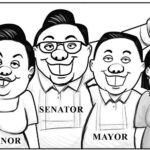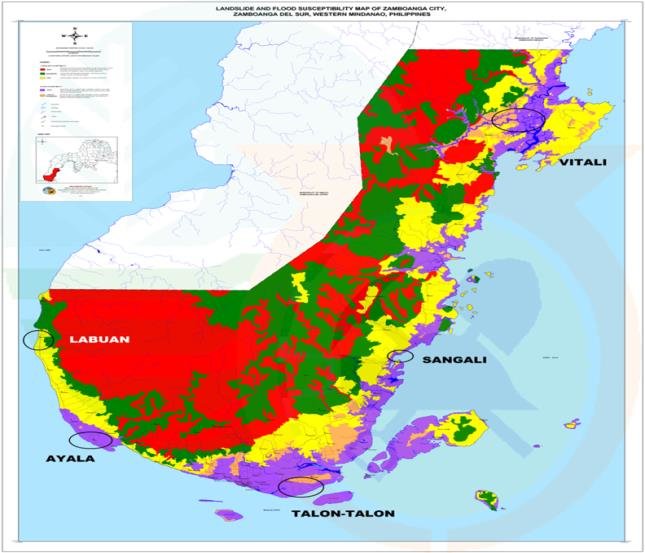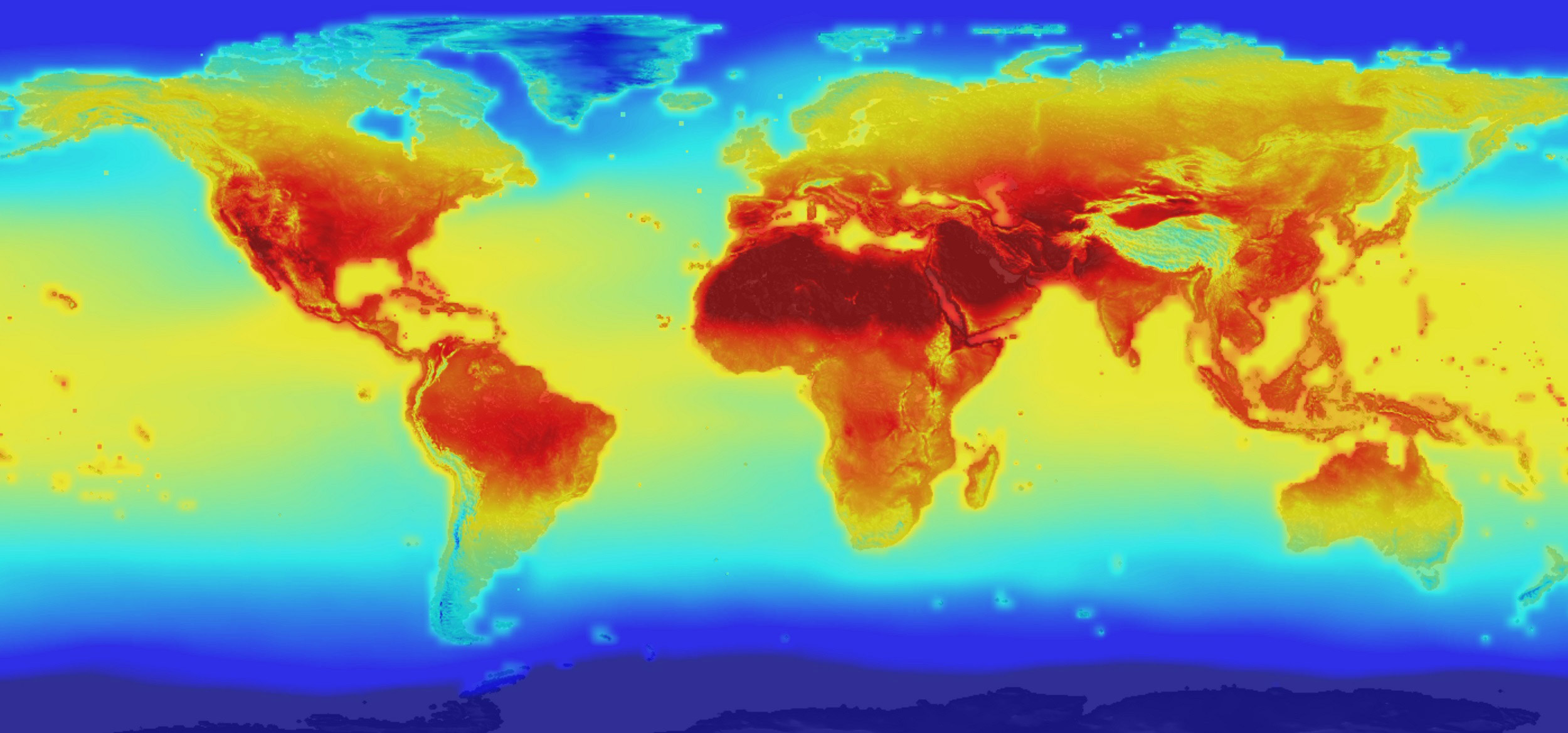Sheilla Ysug Lee
Zamboanga City, a coastal city in the southwestern part of the Philippines, is one of the areas most vulnerable to the impacts of climate change. Here are some ways climate change is affecting residents of Zamboanga City:
Floods and landslides: Heavy rainfall caused by climate change has led to frequent flooding in the city, causing damage to homes, infrastructure, and crops. Landslides have also increased in frequency, resulting in loss of life and property.
Sea-level rise and coastal erosion: As global temperatures rise, sea levels are also increasing, threatening the city’s coastal areas and homes. Rising sea levels have already caused coastal erosion, salinization of agricultural land, and saltwater intrusion into freshwater sources.
Temperature increase: Zamboanga City has experienced a significant increase in temperature over the past decades, with an average increase of 0.4°C per decade. This has led to heat stress and heat-related illnesses, especially among vulnerable populations such as the elderly and children.
Changes in rainfall patterns: Climate change has altered the patterns of rainfall in Zamboanga City, leading to more frequent and intense droughts and floods. This has resulted in crop failures, water scarcity, and increased food prices.
Decline of marine biodiversity: Climate change is affecting the city’s marine biodiversity, with coral bleaching and decline of fish populations. This has significant implications for the city’s fishing industry and food security.
Increased risk of diseases: Climate change has led to an increase in disease outbreaks, including dengue fever, malaria, and leptospirosis, due to changed rainfall patterns and warmer temperatures.
Impact on agriculture: Climate change has affected agriculture in Zamboanga City, with changes in temperature and rainfall patterns leading to crop failures, reduced yields, and altered growing seasons.
Displacement and migration: Climate-related events, such as floods and landslides, have led to displacement and migration of people from Zamboanga City, with many forced to leave their homes and livelihoods behind.
Economic impacts: Climate change has significant economic impacts on Zamboanga City, including damage to infrastructure, loss of agricultural productivity, and decreased tourism.
Limited access to resources: Climate change has exacerbated social and economic inequalities in Zamboanga City, as vulnerable populations, including the poor and marginalized, may have limited access to resources, including information, healthcare, and emergency services.
To address these challenges, the city government and civil society organizations are working together to implement climate-resilient infrastructure, enhance climate change adaptation and mitigation measures, and promote climate education and awareness among residents.















